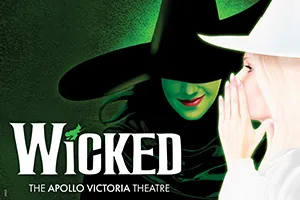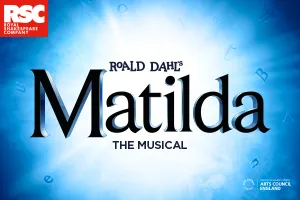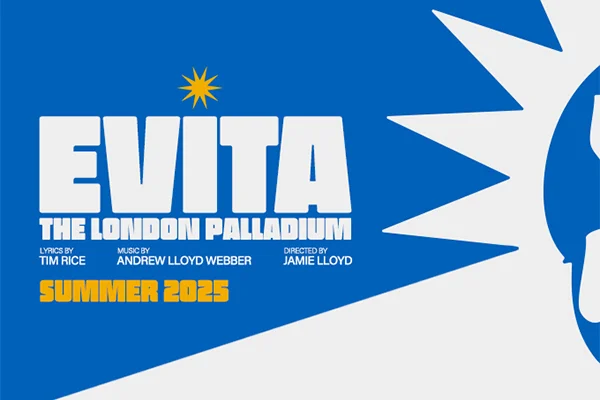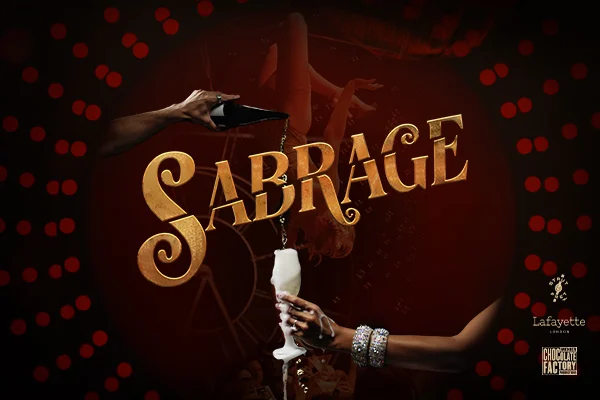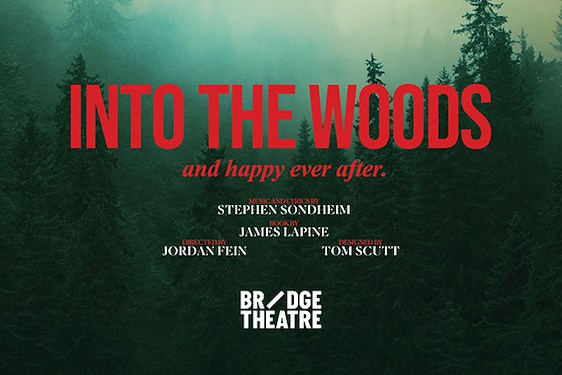Every so often a show comes along that is just so transcendental that it changes your frame of reference and raises the bar of expectation. Jethro Compton and Darren Clark’s adaptation of the famous F. Scott Fitzgerald novel is one such musical that contains so much heart and soul that everything about it just sparks with life and joy that just awakens something in our own souls and draws us into it in rapture.
Get yourselves a ticket before you miss out on an opportunity of a lifetime
The fact that we may be familiar with the premise ahead of seeing this show, adds almost a tragic dimension to the fairy or folk nature of the musical that Compton and Clark have created. Unraveling like a fairytale, The Curious Case of Benjamin Button, builds on Fitzgerald’s original story, adding a sense of kindness and humanity to the treatment of the story’s central character. Jumping the narrative forward in time to the 20th century to a village in Cornwall rather than the source material’s Reconstruction Era South, The Curious Case of Benjamin Button focuses on the tale of Benjamin Button (John Dagleish), a man born at the end of his life and how he finds his place in the world.
Within this musical, the songs take front and center, as the composition is built a lot like the ballets of Tchaikovsky or Prokofiev, where the music leads the choreography. In this case, the songs lead the emotional context of a moment, setting a state that everything else follows. This lends to the more than usual diegetic and immersive nature of the songs, where they intrinsically ground in a moment. It’s a clever piece of storytelling by Compton and Clark, that utilises components of the spoken word fairy and folk tales, as well as the tropes and genres within traditional music to normalise the extraordinary nature, leading us to suspend our disbelief rather than trying to question the reality of the situation. Compton and Clark show tremendous versatility in their writing, as they are able to both use speciifty and mundanity like the exact minute of an hour whilst inundating their writing with grand romantic and otherworldly themes and motifs to tell this story or add a bit of comedy or character, switching between the two techniques to just submerge us in this tale. The rich traditional instrumentalisation gives the cast room to really showcase their talents as singers, musicians and storytellers as they navigate the established folk tropes and traditions.
The songs lead and everything else follows, forming the bounds that contain the narrative, something that the technical design is used to remind us. There’s an otherworldliness in the simplicity of the design that neatly fits the structure of the narrative. Compton’s set design doesn't change as the characters navigate the story; the dock-like structure becomes a pub, a ship or a beach. It’s left to the actors to build a picture with their words and for us to imagine it, and the fact that it’s not too naturalistic allows us to focus on the story without becoming too distracted. The lighting design by Zoe Spurr and Luke Swaffield’s sound design set the stage by establishing the atmospheric context of the show as both the sum and each of its parts. The lights in particular illuminate a moment, making it stand out against the rest, memorable and special in the way that only occurs in the theatre. Most of the time, they direct our attention, where we should be looking at a given moment. The only difficulty on occasion with the sound design is the volume of the instruments in comparison to the signers. Whilst due to the actor-muso style where the actors accompany themselves, it may be difficult to balance the sound, often the instruments drown out the actors, and we lose the occasional lyric, which is a great shame considering their poetic nature.
If the lighting design can represent the moon, then it only makes sense that the costumes reflect the sea. Anna Kelsey’s costume design does this by using colour to denote character. The sea of green and blues that relegate the cast to a Greek chorus role, only to add accessories of red once they step into their roles, often shedding them in front of our eyes, building on the metaphor of the sea; as if they are the seafoam solidifying into these supporting characters only to recede with the tide once their purpose is served. And it is really through the costume design does it become apparent that we are perhaps seeing the action onstage through Benjamin Button’s eyes. Because only through his eyes would it make sense that Elowen’s (Clare Foster) costume of bright sunset stands out against all the greens, shining like a torch or sun in a way that our eyes can’t help but be drawn to when she’s onstage, literally like a moth to a flame? The passage of time is also reflected in the characters’ costumes, as not only does the style of dress change to correspond to age, but the colours change with it as well. For example, the orange of Elowen’s dress fades over time with her age til it’s almost burnt rather than a sunset, more yellow winds its way into Benjamin’s as he gets younger.
The cast are certainly one of a kind in the way that they build this story. They bring such a high-energy joy to their performance that is utterly transcendental, creating extremely haunting melodies and harmonies in the way that they stay with us beyond the confines of the theatre. We can see them having fun with the story, with their roles, with their music, and it is partly due to the nature and genre of the songs; that the chorus can riff and improvise within the bounds of the music to suit their voices better, and make an event out of it.
We learn so much from Dagleish about Benjamin, his feelings, his journey. Whilst a majority of his portrayal can be summarised just as ‘good-natured’ in his simply bright demeanour, it is in his micro expressions that we can witness the depth of the unsaid emotions, how the previous moments of his life haunt him. Often, it is more Dagleish's wordless reaction to other characters that gives us an indication to how he feels at a given moment more than anything that he might be saying. Whilst not much of a singer, there is a lot of heart in his portrayal. One aspect that suffers particularly is the character’s relationships with other characters, in that whilst Benjamin himself is fully fledged, we’re not given much evidence to the connection that he makes with others. For example, the relationship between Dagleish and Foster who plays Elowen only exists because the narrative says it does, more than anything we see onstage and we’re not particularly given evidence of that fact. It’s difficult to know how much what we see onstage is due to decisions by the director or Foster herself about Elowen’s characterisation or how much Elowen as a character has just been relegated to that of a stereotypical woman in fairytales there to prop up the hero. And it’s another instance where the libretto dictates that she’s a little rebellious and mischievous, but the portrayal itself doesn’t meet that demand. On many occasions Foster’s accent slips but it is a pretty minor issue compared to the fact that she hasn’t done anything with the character to make her at all more two-dimensional than just the love interest of the story. Foster’s performance of Time is such a raw outburst of emotion, where she really showcases not only the strength of her voice but of her singing abilities, to the point where we have to wonder why there wasn't a greater example of them beforehand and how restrained all of her previous appearances were. Had she given a similar performance over the course of the rest of the show, maybe the problem with Elowen would be non-existent, and it is likely the fault is with how the character was written rather than how she was portrayed.
Time, tide and (as it turns out) theatre waits for no man, so get yourselves a ticket before you miss out on an opportunity of a lifetime.









